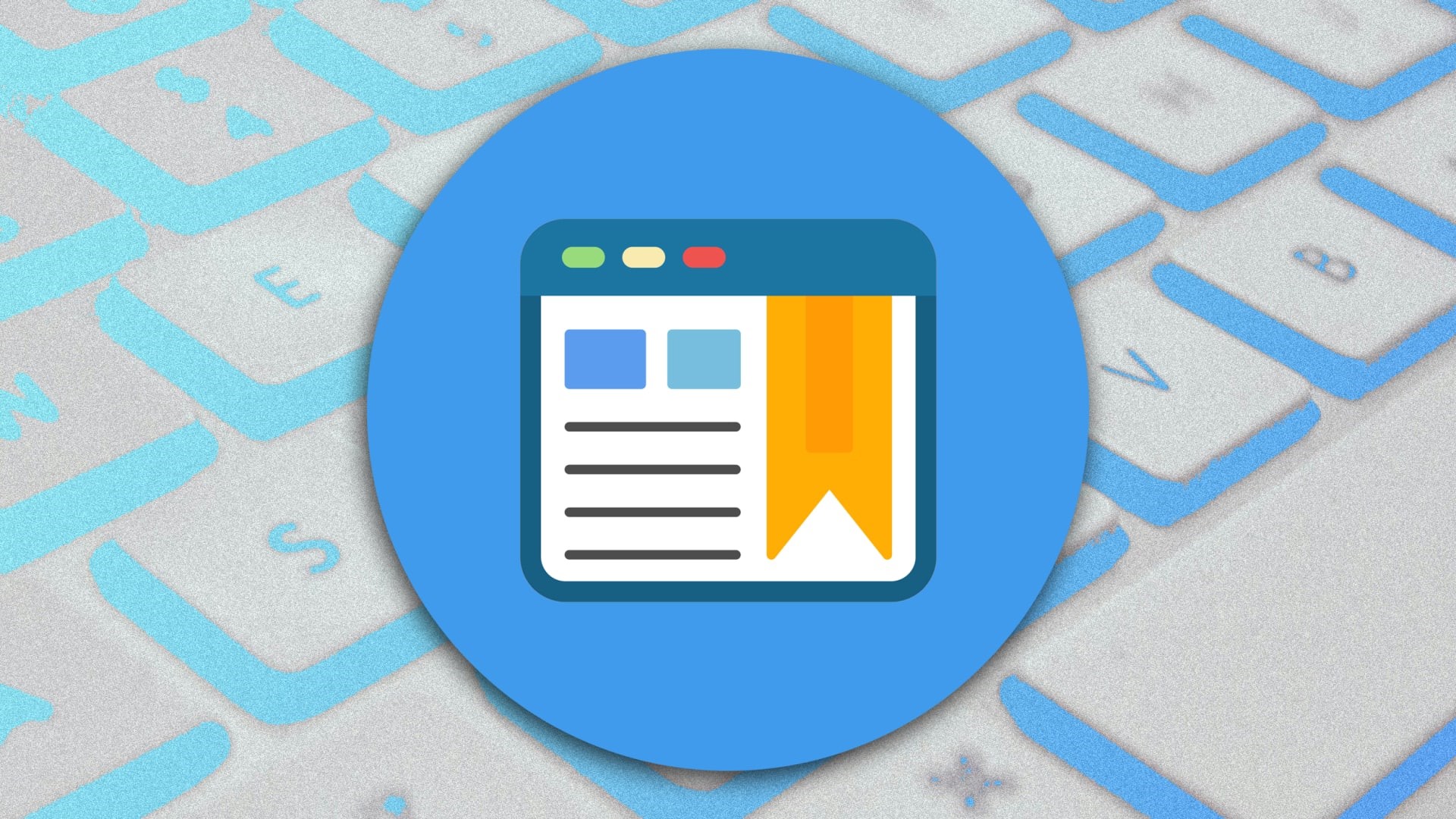Raindrop is a great tool for organizing bookmarks
Raindrop is a great tool for organizing bookmarks
With Raindrop you can collaborate on collections and use AI to assist with keeping track of your links.
This article is republished with permission from Wonder Tools, a newsletter that helps you discover the most useful sites and apps. Subscribe here.
Raindrop is a terrific free tool for organizing bookmarks. I use it to save links for classes I’m teaching and topics I’m researching. I also save link collections to share with friends, colleagues and readers.
These are Raindrop’s best features:
Easy and free on any platform
- Download the Raindrop app for Mac, Windows, Linux, iOS, Android, or any browser. Once you’ve installed the browser extension, it’s easy to save a link to any Web page and optionally add a note or tag for future reference. Bookmarks can have as many tags as you’d like for easy searching. Links can also be placed into a collection, which is basically a folder.
- Pricing: I recommend the free plan, which allows for unlimited links, collections, highlights, devices, public sharing, collaboration, and integrations. It has the primary features most people need and there’s no pressure to pay.
- Pro: The $ 3/month option ($ 28/annual) adds a few fancy features, including:
- Find duplicate or broken links in your collection
- Search the text of all sites you save
- Preserve automatic copies of each Web page you save in case the original site goes offline
- Upload 10GB of files each month to store your own files, images, PDFs, videos, etc.
Share links and collaborate on collections
All your link collections are private, and you can share them at will. Display your links in a list, as cards in a gallery, or as a visual moodboard.
- Add collaborators to a collection for a team or family project.
- Publish collections of links that anyone can freely access without needing to use Raindrop or to sign up or register.
- Embed link collections to host them on a website.
- Examples: Public link collections I’ve saved:
- Revenue streams for niche journalism ventures. A curated collection of ways to make money.
- Pandemic-era online events platforms. A catalog of the flurry of apps that launched to help people gather online.
Use AI to assist with organizing your links
A new AI organization tool helps with organizing your links. It will suggest a collection or tag for unsorted bookmarks, or a tag. That’s especially helpful if, like me, you sometimes forget to tag or file what you save.
Integrations: Automatically sync links across platforms
You can connect Raindrop to other services so you can access links you’ve saved later wherever and however you need them.
- Raindrop can log links automatically to a Google spreadsheet or a Notion page. You don’t have to manually add them.
- Sync links you save in Raindrop to Readwise, Instapaper or Pocket for reading later. You can also import links from those services to Raindrop.
- Raindrop works well with IFTTT and Make, services that link together multiple apps. [Here’s my take on IFTTT’s usefulness]. Pairing one of those apps with Raindrop lets it automatically collect links to the songs you favorite on Spotify, Tweets you like, or videos you like on YouTube. There are more than 2600 total possible integrations. That makes Raindrop a useful hub for gathering and organizing all your favorite links from whatever services you use.
Export and import
It’s easy to import and export links with Raindrop.
- Export: Instead of dumping out your whole treasury of links, you can export just a relevant batch of links with a particular tag. Or export a link collection (folder). You can export the links as a CSV file for a spreadsheet, as an HTML file, or as text.
- Import: Import links you’ve saved easily from other services. Bring in links you’ve saved to browser, Evernote, or apps like Diigo, Dropmark, Goodlinks, etc.
Suggested ways to use Raindrop
- Organize project research: Park project materials in a Raindrop collection as you conduct research online. Save links into a neat Raindrop collection rather than printing out piles of paper or stuffing links into Word or GDocs. You can even annotate links as you go. It’s a simple, free, fast way to create a private or shared digital project file box.
- Gather and collaborate on hobbies: Use it to gather links with friends. If you’re part of a club, team, hobby or fan group, you can collectively drop in your favorite links, with or without annotations.
- Share resources for a presentation or workshop: If you teach or give talks, Raindrop is useful for sharing presentation links or resources. Share one link to a collection and attendees can see all your materials in one spot, including all your links, videos, and a PDF of your slides or handouts.
- Note: I usually prefer Craft for resource sharing after presentations because it allows me to create a complete visual document, rather than a resource list, but Raindrop works well when you’re mainly sharing links.
- Create a mood board: For planning an event, party, or a renovation, Raindrop can be useful for saving inspiring images or links. The moodboard layout option gives you a nice visual view of your links with cover images. It also automatically pulls in the description from any link you save.
Caveats
- Mobile app visuals. Images in articles saved to Raindrop—particularly in paywall publications like The New York Times—may not show all show when you read on the mobile app. I prefer to read saved articles in Readwise Reader (see alternatives below).
- Packrats beware. As someone who saves more than I find time to consume, I confess to a digital packrat tendency. Adding yet another storage hub like this can lead you to overwhelm yourself with an avalanche of saved stuff that you lack time to review.
- Avoid duplicate hubs. No need to add another digital sock drawer if your organization system already works well. If you have a well-established system in Notion, Coda, Airtable, Obsidian or somewhere else, stick to what’s working. Those platforms allow you to create your own custom organizational structure with advanced filtering.
- Tiny team. Raindrop was envisioned, built, and managed by one person – Rustem Mussabekov, a Kazakhstan-based designer/developer. It’s been around for more than a decade, but its progress relies heavily on Rustem.
Notable Raindrop Alternatives
- Readwise Reader is my preferred app for catching up with online reading on the subway or airplane. (Why I like it). If you’re mostly saving reading material, Readwise is well-designed for both online & offline reading & highlighting.
- Tip: It’s also good for watching + highlighting YouTube videos.
- Instapaper, Pocket and Matter are also good options specifically designed for saving articles to read later, though none are ideal if you’re saving other kinds of links, like product pages or images.
- MyMind is a much more visually appealing visual storage hub for saving materials online. Here’s why I find it useful.
- Fabric is a new tool I’ve been testing for clipping notable material I find online. It’s aiming to create an AI-powered way to search all your materials.
- Eagle just launched version 4.0. It’s best for saving and organizing images and screenshots you find online. Here’s what I like about Eagle.
- Dropbox has a new feature to save links and screenshots. That’s useful for streamlined organization if all your files are already stored in Dropbox.
This article is republished with permission from Wonder Tools, a newsletter that helps you discover the most useful sites and apps. Subscribe here.
ABOUT THE AUTHOR
(19)



